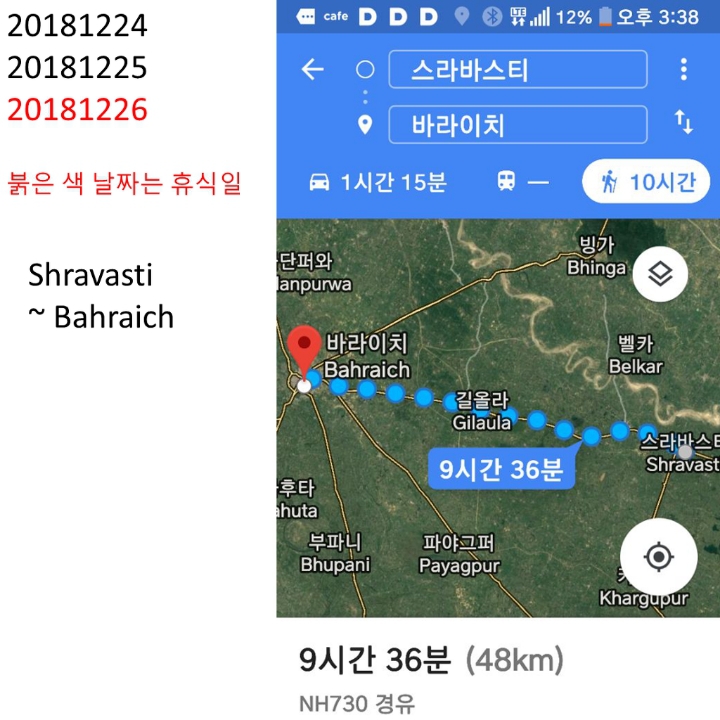
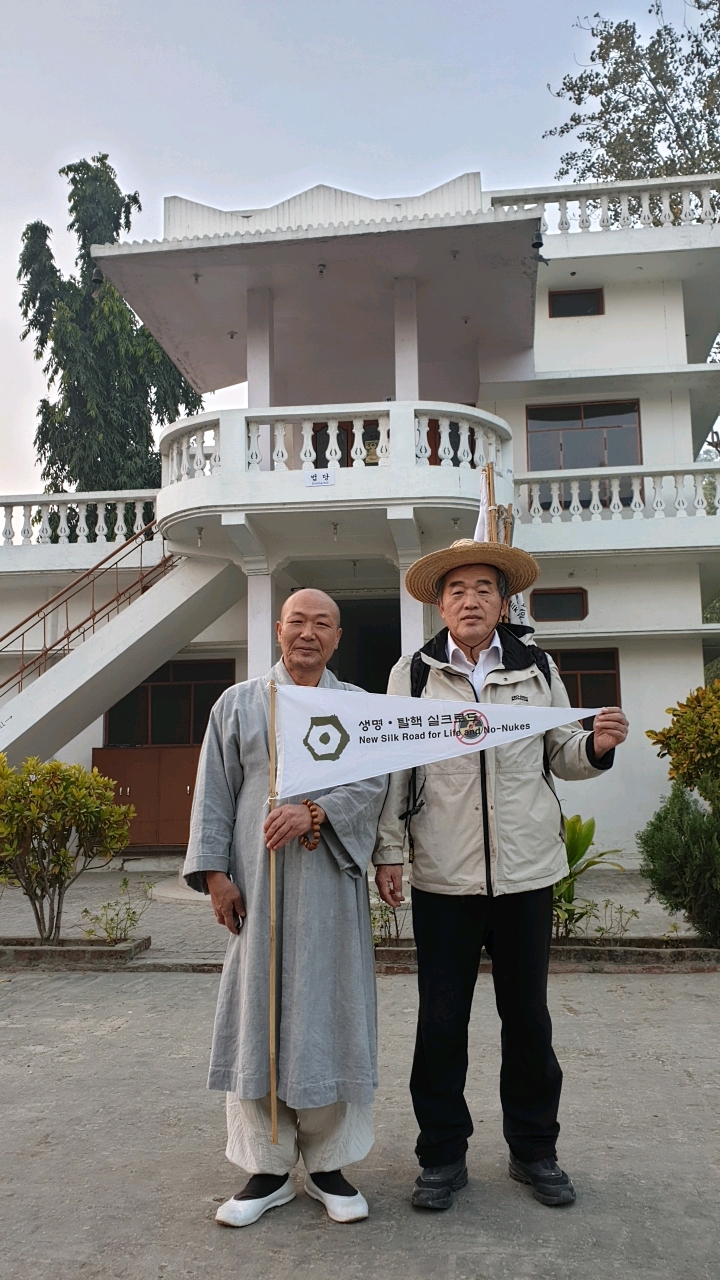
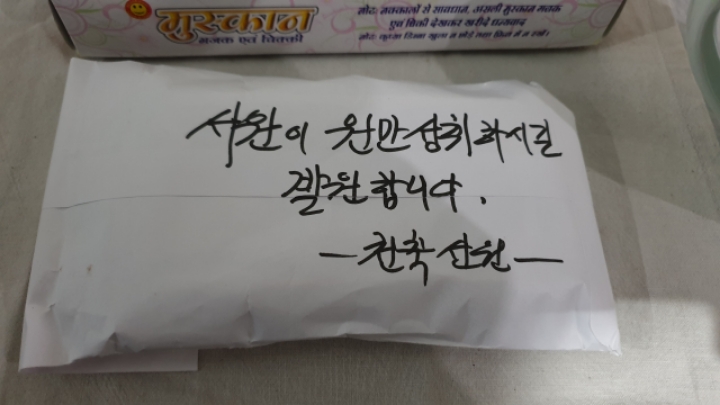
Daein monk donated much money for pilgimage.
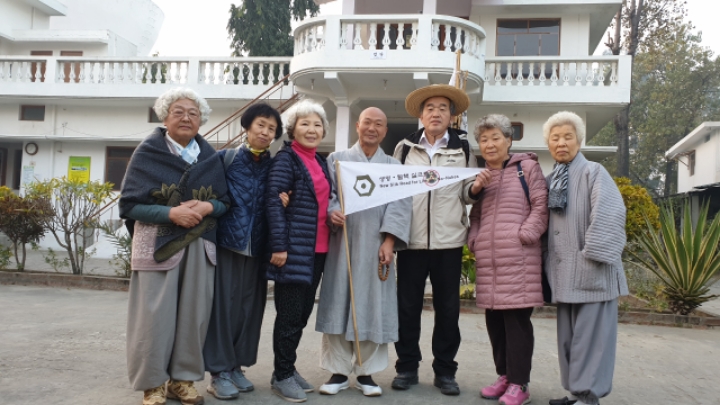
I took a picture with the Buddhists of Korean temple.
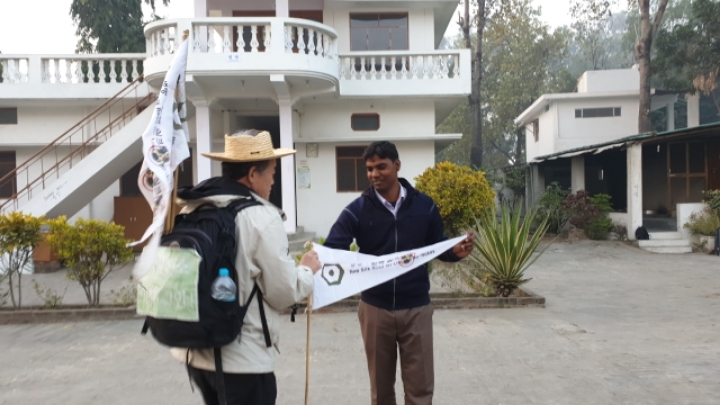
The monk of Korean temple takes care of an Indian youth, Vardan Shakya.
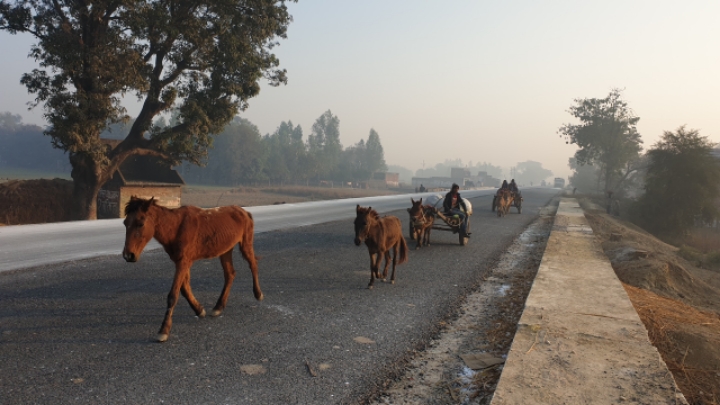
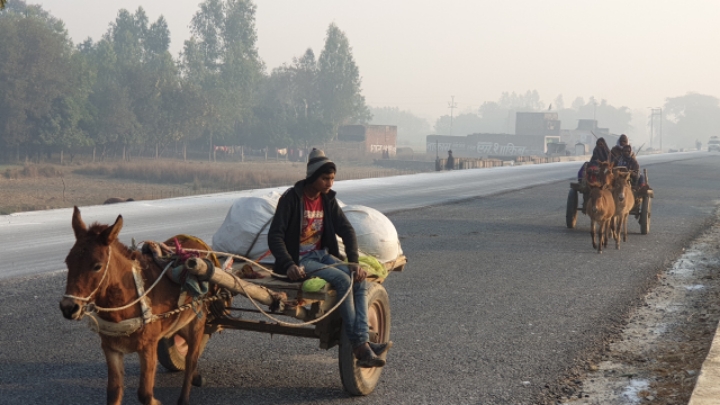
A horse which looked like a Korean pony was carrying baggages.
The horse was thin.
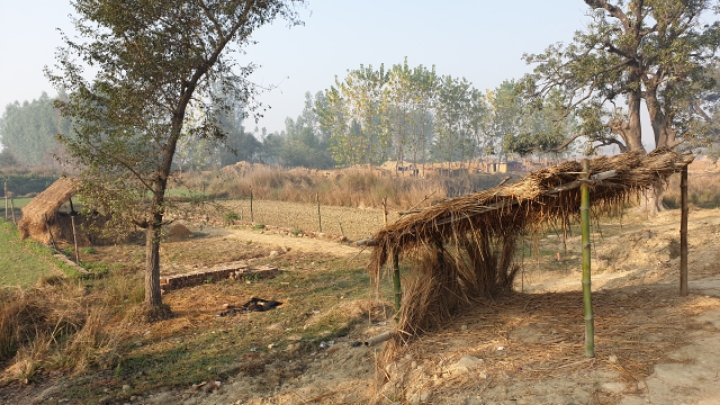
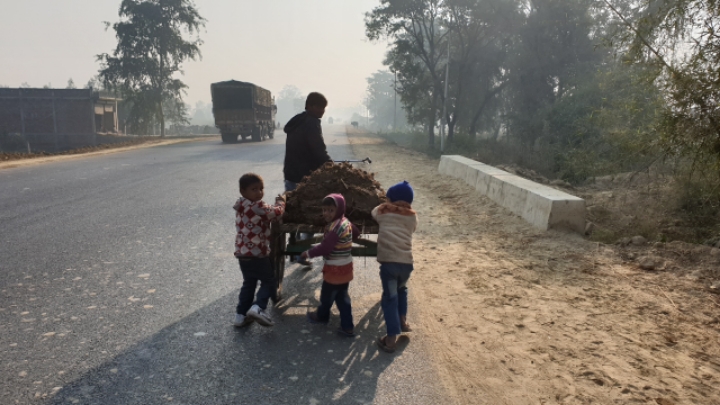
Children push a wagon full of baggages.
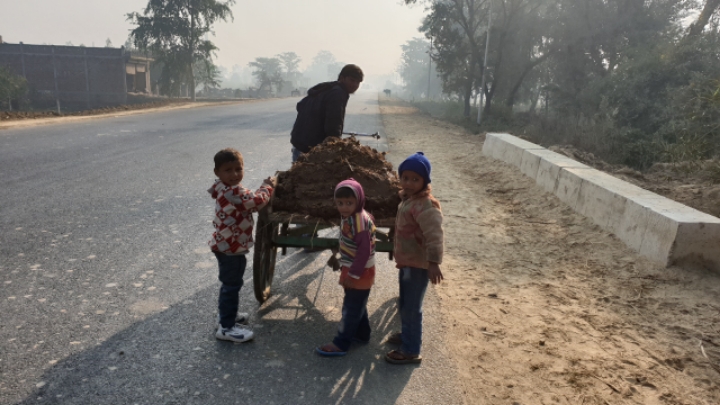
Cute pose!
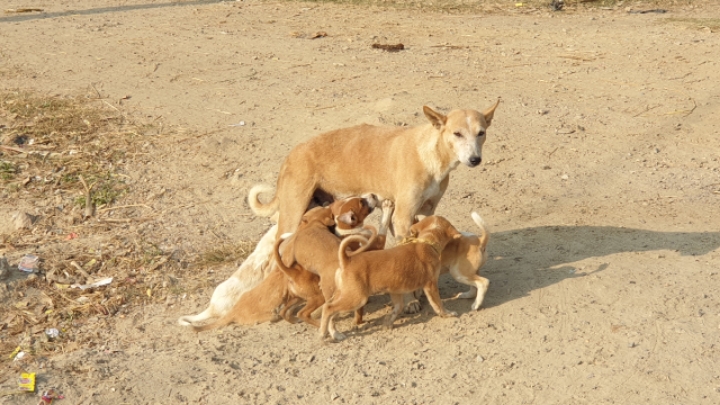
India is a very fecund country.
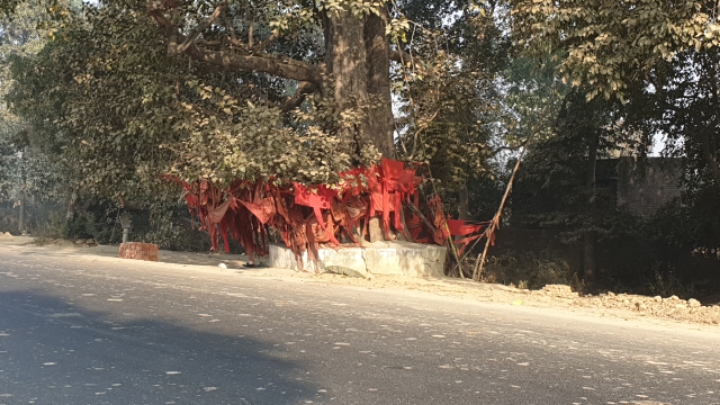
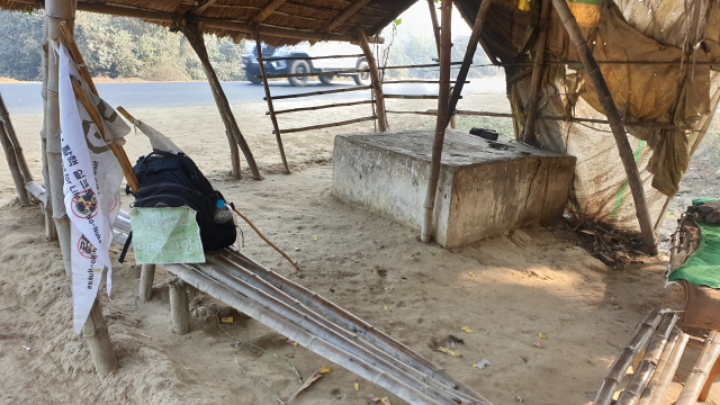
I took rest at a vacant shelter for a while.
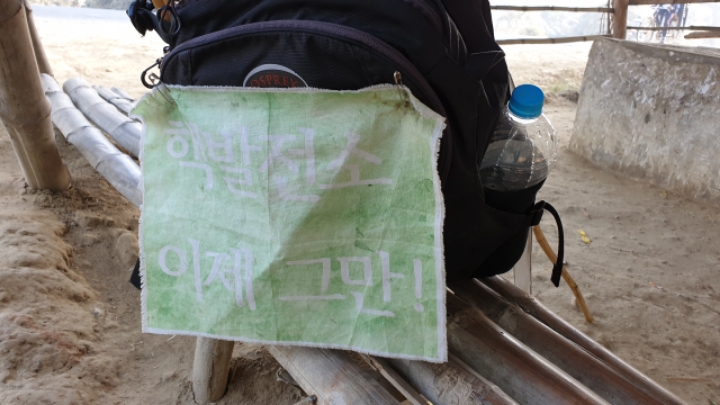
This old body-placard was made in 2013.
At that time I started walking with professor Won-ki Seong inside Korea for no-nuke pilgrimage.
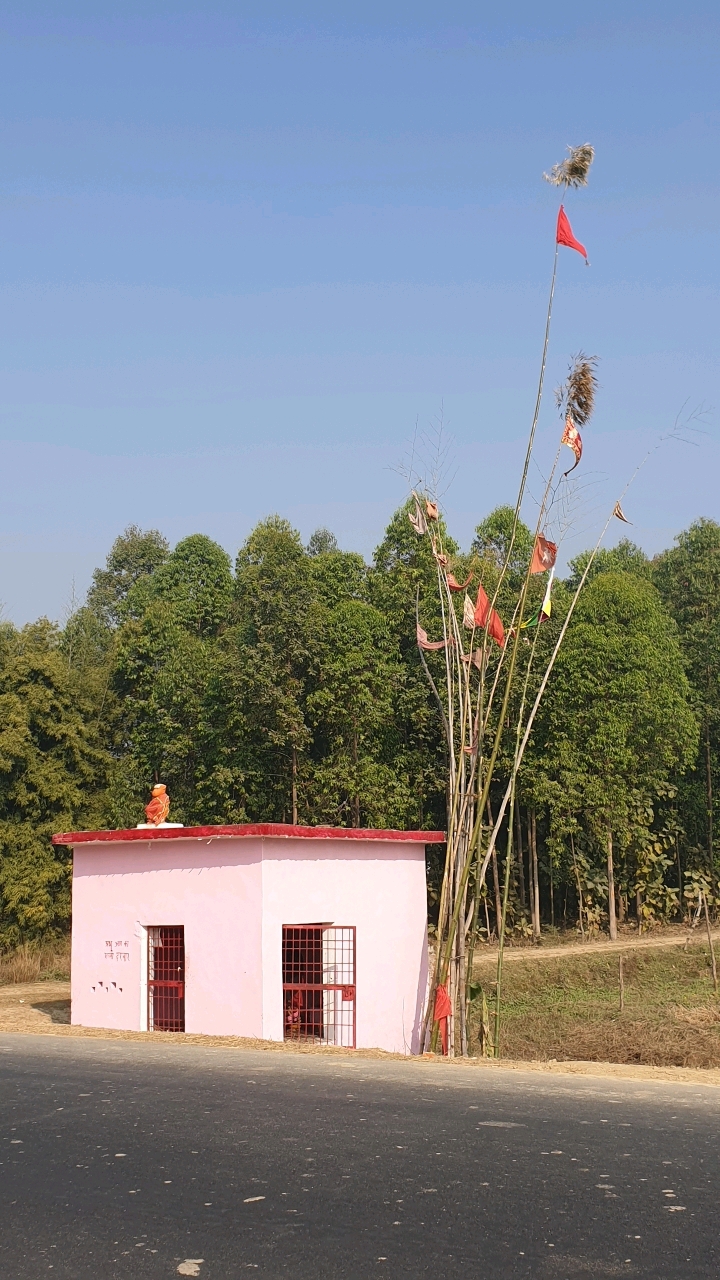
The flags indicate Hindu religion.
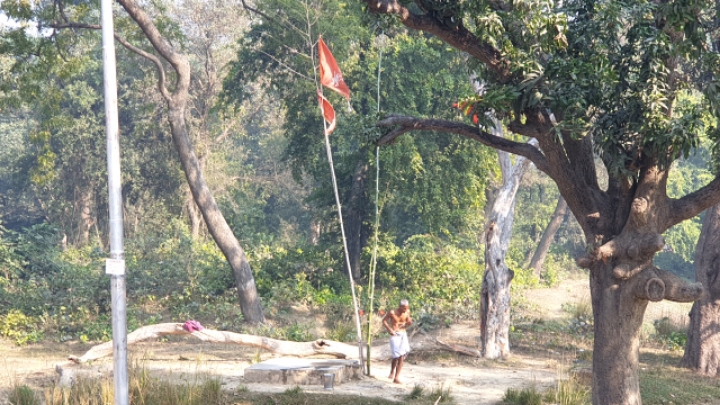
A priest of Brahman caste is practicing Hindu ritual.
Brahmans belong to the highest caste in Hindu society.
However, they are sometimes poor.
Ksatriya, the second highest caste, keep control of Indian society.
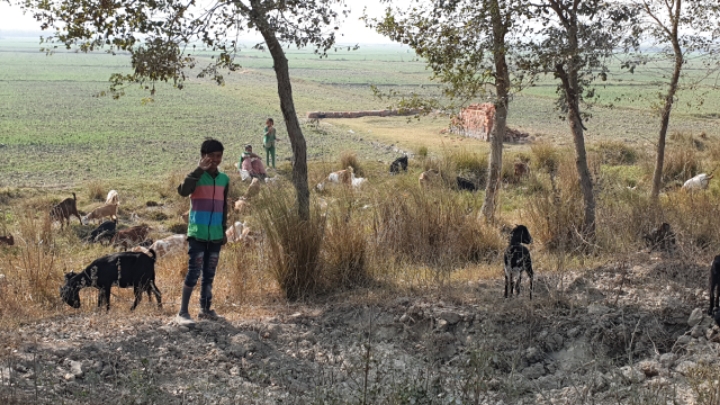
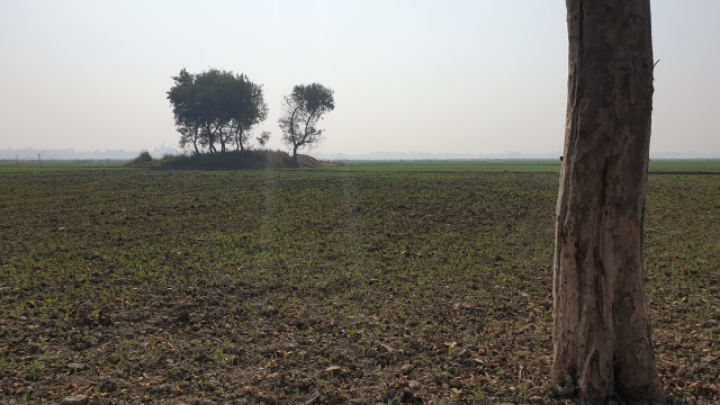
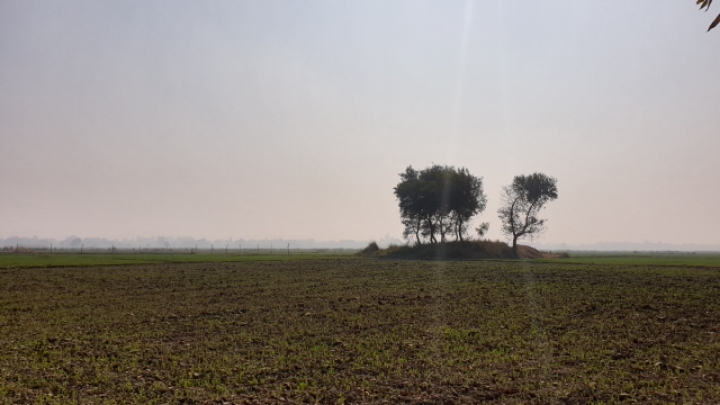
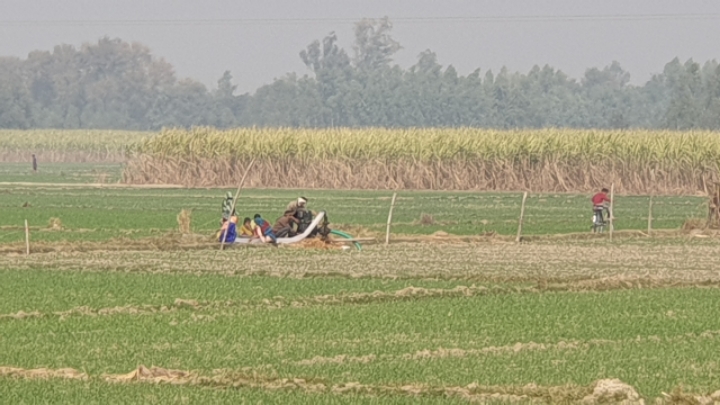
India is an old agricultural nation having large flat land.
The climate of India is sub-tropical, and India produces lots of agricultural products.
Indian continent is enclosed to the north by Himalaya. India is a closed continental country.
The problem of India is coming from the fact that India has a large flat land, which makes spacial range of communication vague.
In order for human society to be successful, the decision-making process is very important.
However, the level of Indian decision-making is not well-defined and somewhat vague.
The difficulty of identifying spacial range of decision-making makes the society stressful.
China has a large flat land just like India. But China is open to the north.
Frequent invasions from the north have strengthened inner cohesion.
India had many internal wars coming from geo-political circumstances.
India has experienced numerous dynasties and local nations through wars and invasions.
Frequent change of rulers could not succeed in solving this problem.
In 19th century, India was close to having a unified nation by virtue of English colonialism.
However, Indian people have lived with a vague social structure for 3000 years.
They seemed to need a measure to overcome the stress of decision-making.
The stress of decision-making may have encouraged the division of class.
The closed system of decision-making process has the effect of reducing stress.
Since the ruling group changed frequently, they needed a sustainable decision-making process which protects agricultural productivity and mechanism of power division.
This analysis explains the basis of Indian caste system which was approved even by Gandhi.
The lower groups have accepted the caste system for their own sake.
The caste system enabled the internal decision-making of diverse groups, which helped the survival of each group.
The caste system is very active in India even in 21st century.
You can find a good explanation of Indian caste system at address below.
https://ko.wikipedia.org/wiki/%EC%B9%B4%EC%8A%A4%ED%8A%B8
Categories: 09-2. India, Course and Diary
Leave a comment